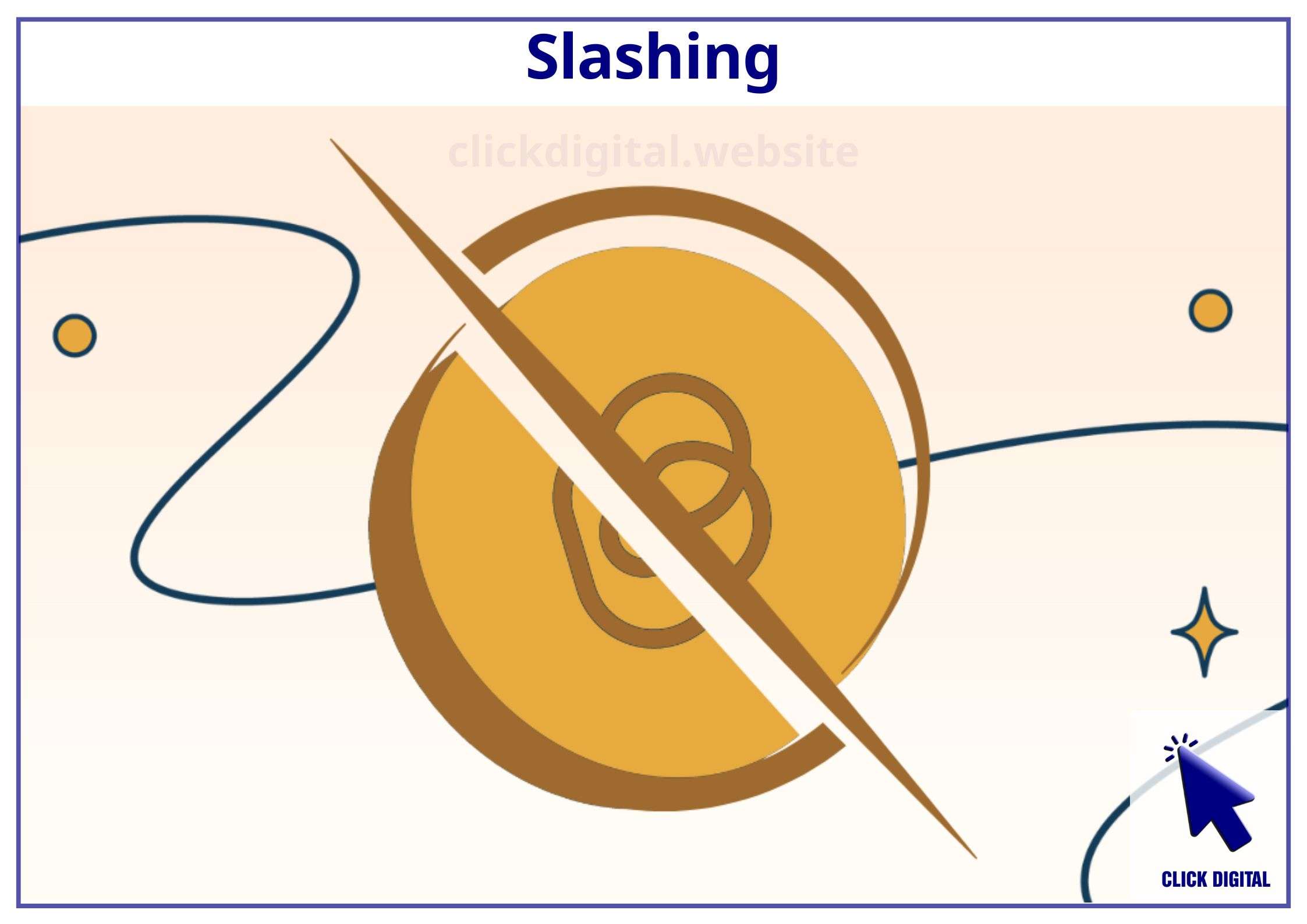Table of Contents
Summary
In staking, high yields aren’t a magical gift from the crypto gods. In reality, networks with high slashing risk — meaning you could lose funds due to validator misbehavior — tend to offer higher APYs to compensate stakers for the extra danger. This is based on the principle of risk premium, just like how junk bonds offer high interest rates to attract bold investors. This article unpacks the logic, gives real-world examples, and shows how to personalize your staking strategy to fit your risk appetite.
Understanding Risk Premium in Staking
In traditional finance, a risk premium is the extra return investors demand for taking on additional risk. Think of it like insuring a sports car versus a moped — the higher the risk, the higher the compensation (a.k.a. cost or reward).
Example:
- Network A: Very low slashing incidents → APY: 5%
- Network B: Frequent validator issues → APY: 12%
That juicy 7% difference? It’s the risk premium network B must pay to get people on board.
Staking ≈ Junk Bonds? You Bet
There’s an old investment truth: High returns = High risk. And staking follows that rule just like the bond market does.
| Asset Type | Risk Level | Average Annual Return |
|---|---|---|
| Government Bonds | Very Low | 2–3% |
| AAA Corporate Bonds | Low | 4–6% |
| Junk Bonds | Very High | 10–15% |
| High-Slashing-Risk Staking Networks | High | 10–20% (sometimes more) |
So no, it’s not a coincidence. Staking is a form of risky investing, just like buying high-yield bonds from shaky startups.
Why High-Slashing Networks Must Offer High APYs
- Slashing is no joke. When a validator misbehaves or goes offline too long, your stake can get slashed — sometimes 5–10%, or even more.
- To attract stakers, networks must compensate for that risk with high APY. After all, who wants to gamble their crypto for peanuts?
- Smaller or newer networks, with less reliability or validator history, need to go big on APY to stay competitive with established giants.
How to Personalize Your Staking Strategy (a.k.a. Don’t Use a Fruit Knife to Cut Rocks)
Not everyone should throw all their tokens into a 20% APY pool. Your staking strategy should match your personal risk tolerance, time availability, and financial goals.
1. Risk Appetite
- Conservative: Stake only on reputable networks with minimal slashing (e.g., Ethereum, Cosmos) → APY ~ 4–7%
- Balanced: Diversify across networks and validators → APY ~ 6–10%
- Adventurous: Go after emerging chains, airdrops, and sky-high APYs → High risk, potentially “cooking pot-sized” rewards
2. Monitoring Time
- Got time to track validator performance? You can afford to take more risk.
- Busy schedule? Consider auto-staking services or platforms that manage slashing risk on your behalf.
3. Financial Goals
- Long-term compounding? Stick with safer options.
- Hunting short-term growth? Taking calculated risks might be worth it.
Quick Reality Check: High APYs Aren’t for the Faint of Heart
Staking isn’t a “deposit and chill” game. Pick the wrong validator or chain with poor reliability, and your funds could disappear faster than your favorite meme coin during a rug pull.
But with a clear strategy and understanding of risk-adjusted returns, investors can leverage high-yield staking opportunities on networks like Jito, Injective, or Celestia — without falling off the cliff.
According to a Click Digital research report, over 70% of new stakers chase high APYs without evaluating slashing risk, leading to unnecessary losses. Education on risk-adjusted yield should be a higher priority than simply flaunting big shiny numbers.
Conclusion: High Yield Is the Price of Courage
High staking yields aren’t fairy dust — they’re the risk premium investors earn for bravery. Just like junk bonds or insuring a luxury car, higher risk demands higher reward.
A smart staker understands the APY behind the curtain and tailors a strategy based on personal risk appetite, time, and goals. Don’t get dazzled by big returns and forget that the edge of the cliff is often hidden behind the promise.
Click Digital recommends that staking platforms offer transparent slashing risk data and tools to help users choose the right validator — not just bait them with APY clickbait.

